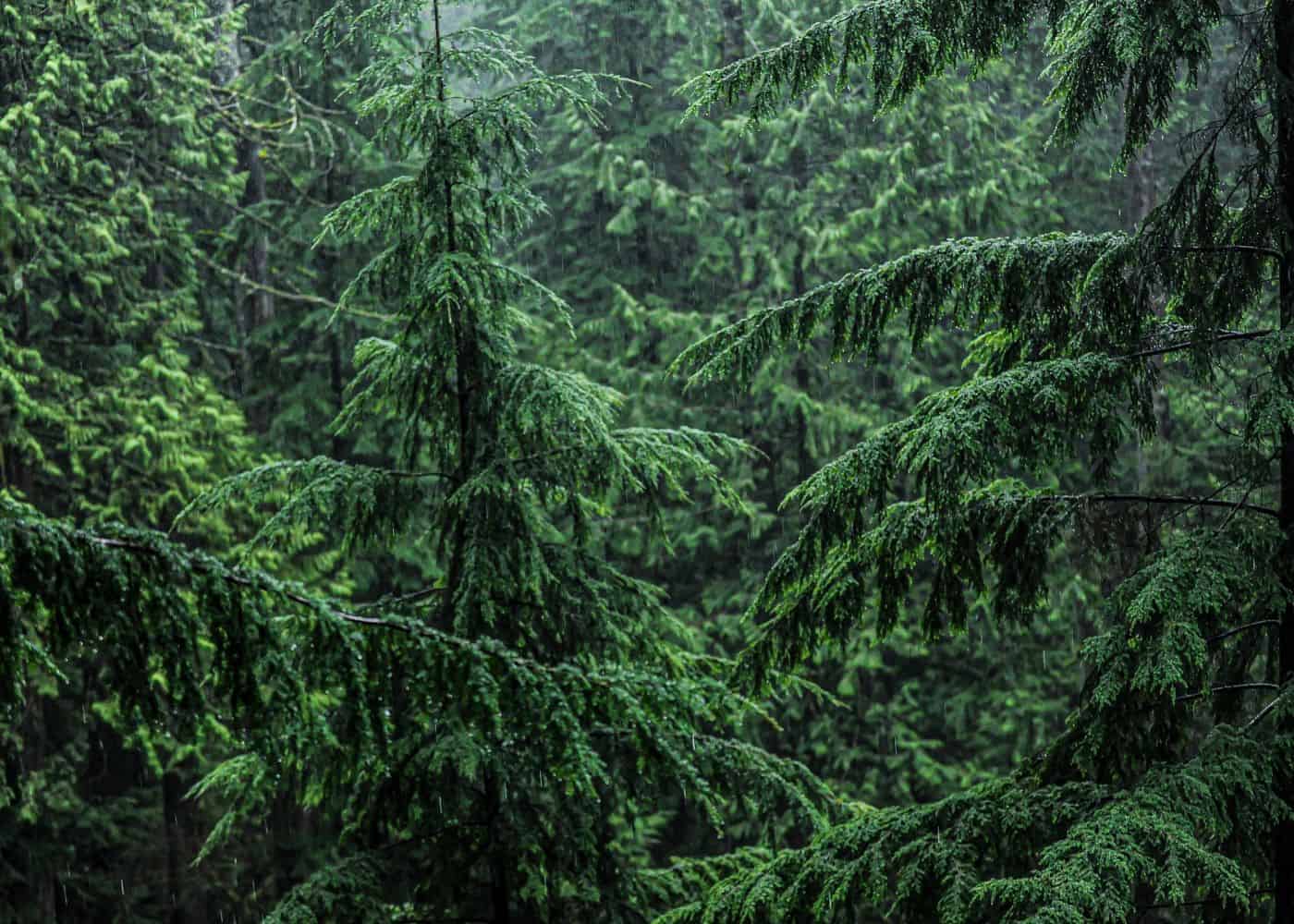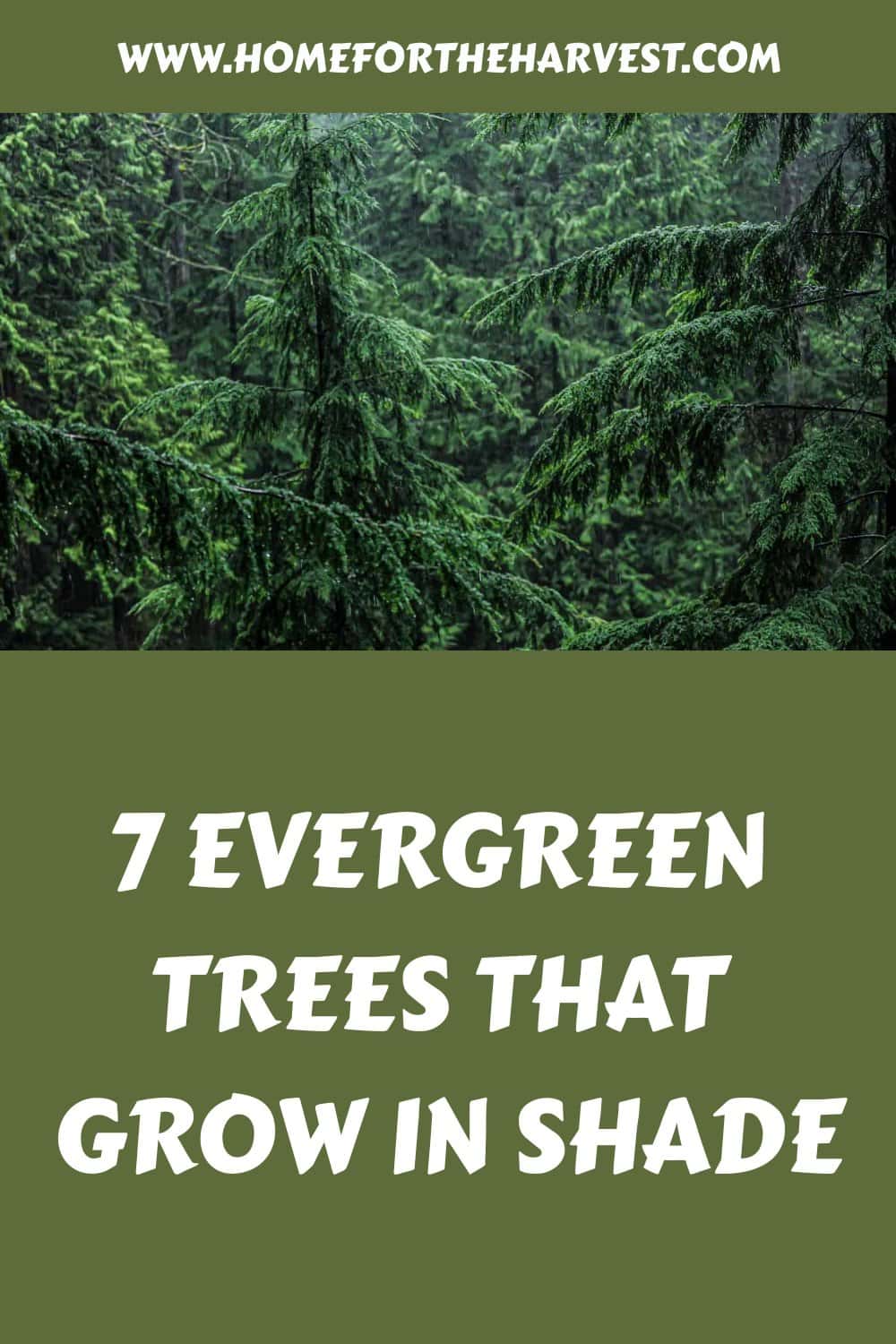If you want to develop a good, diverse forest scape, you need to include some understory trees; that is, trees that thrive in less than full sun. After all, when your big blue spruce trees mature, they will far exceed the maximum height of most other evergreen trees.
In addition, some properties have shady spots caused by hillsides, houses, and outbuildings. For all of those reasons, it’s important to know the evergreen trees that grow in shade.
According to the Penn State University extension office, there are more than two dozen common trees that tolerate and even thrive in shady locations. Many of these trees are evergreens. Some of these to look for include:
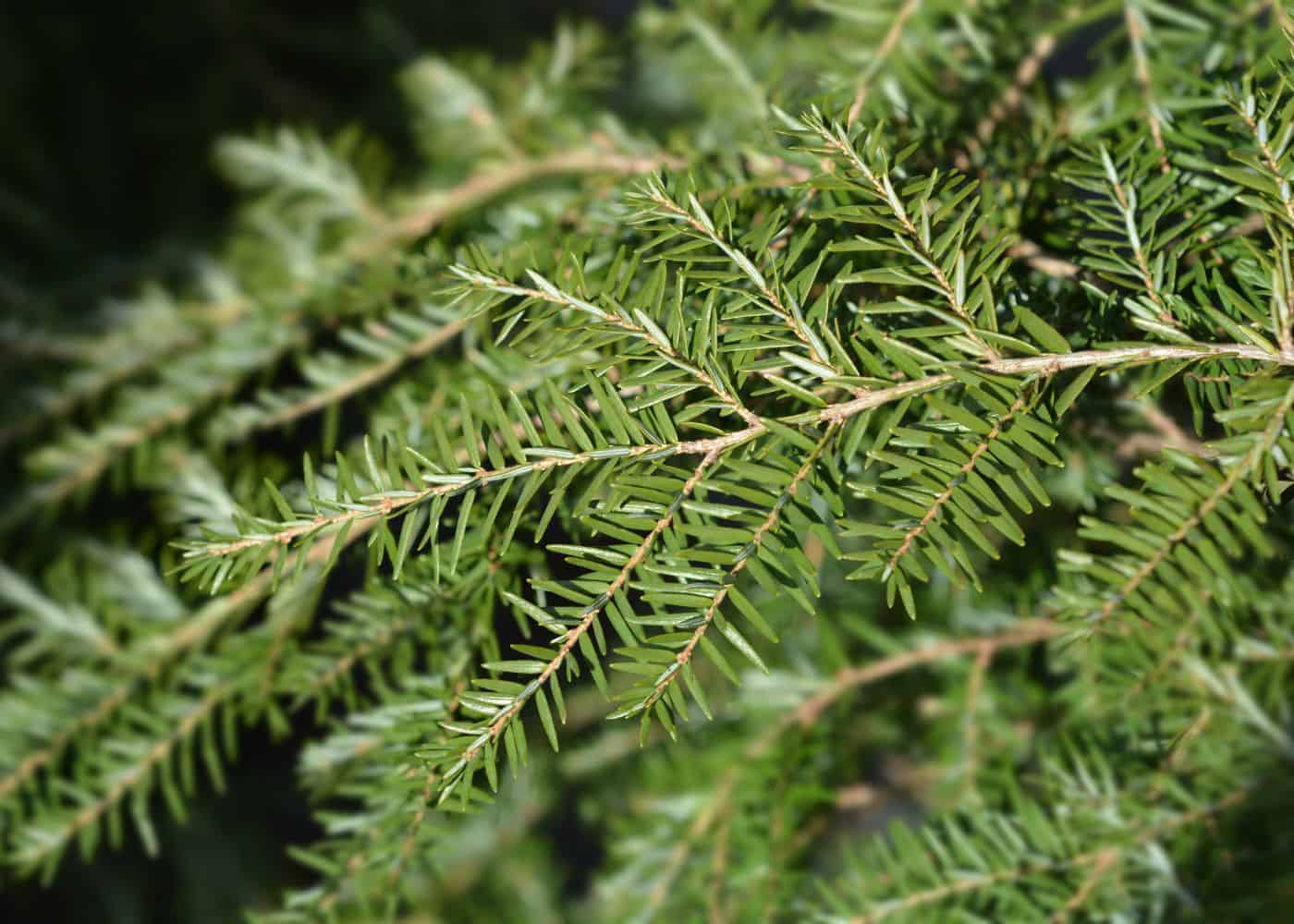
1. Canadian Hemlock
The Canadian (or Eastern) hemlock tree is a graceful evergreen with tiny needles that thrives in USDA hardiness zones 3-7. Common to the Great Lakes, Appalachian, and Northeast regions of the United States, as well as Eastern Canada, hemlock trees average around 100 feet in height when mature.
Canadian Hemlocks are long-lived, with many living hundreds of years. In addition to shade, hemlocks prefer hillsides and moist soil.
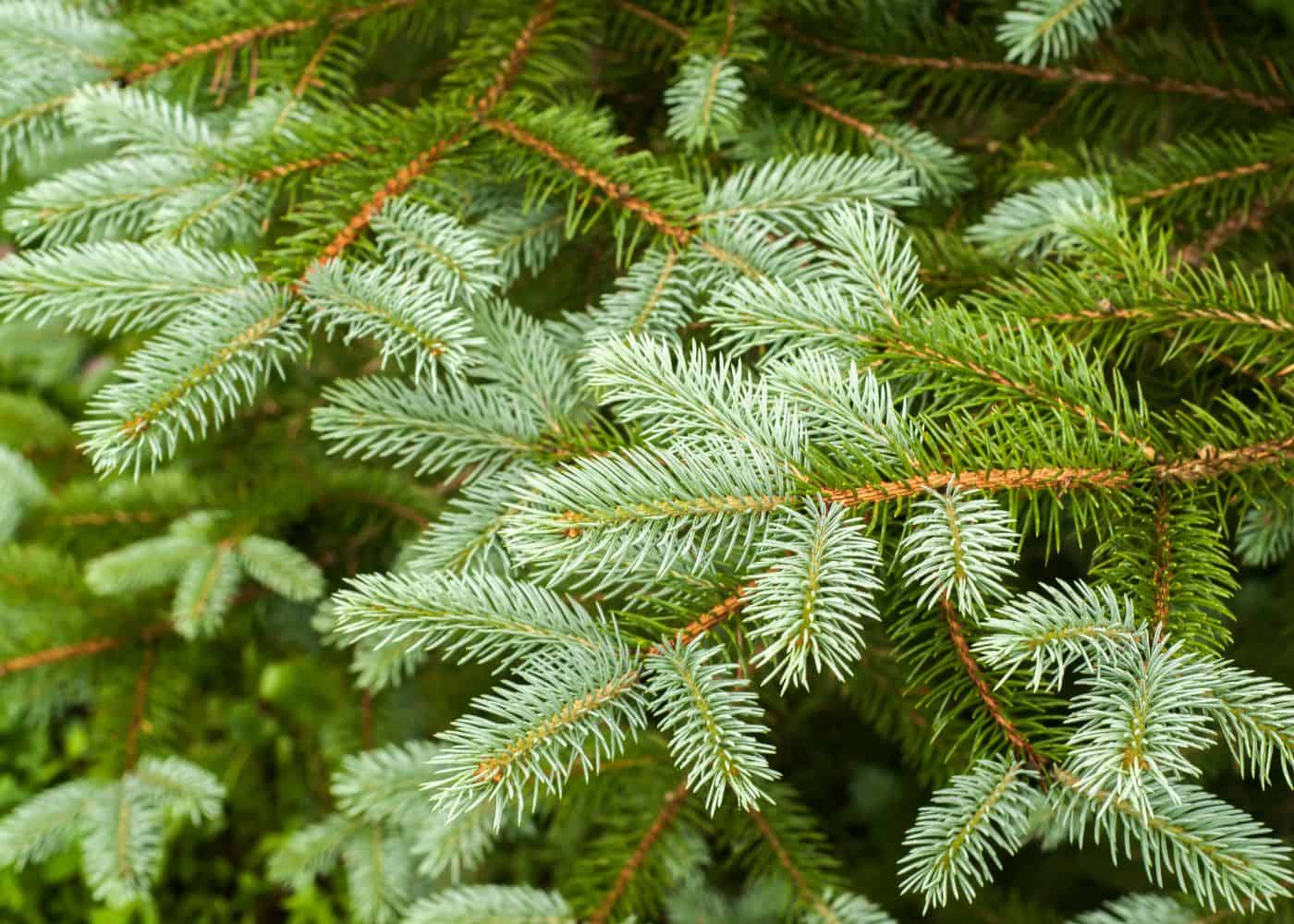
2. White Spruce
The white spruce is native to most areas of Canada and Alaska, as well as the most northern parts of the Northeast United States. White spruces are conical and typically grow 50 to 100-feet tall. They produce long, tightly-formed pinecones.
White spruce trees thrive in USDA zones 2-6. They prefer shady spots and tolerate a variety of soil types and moisture levels.
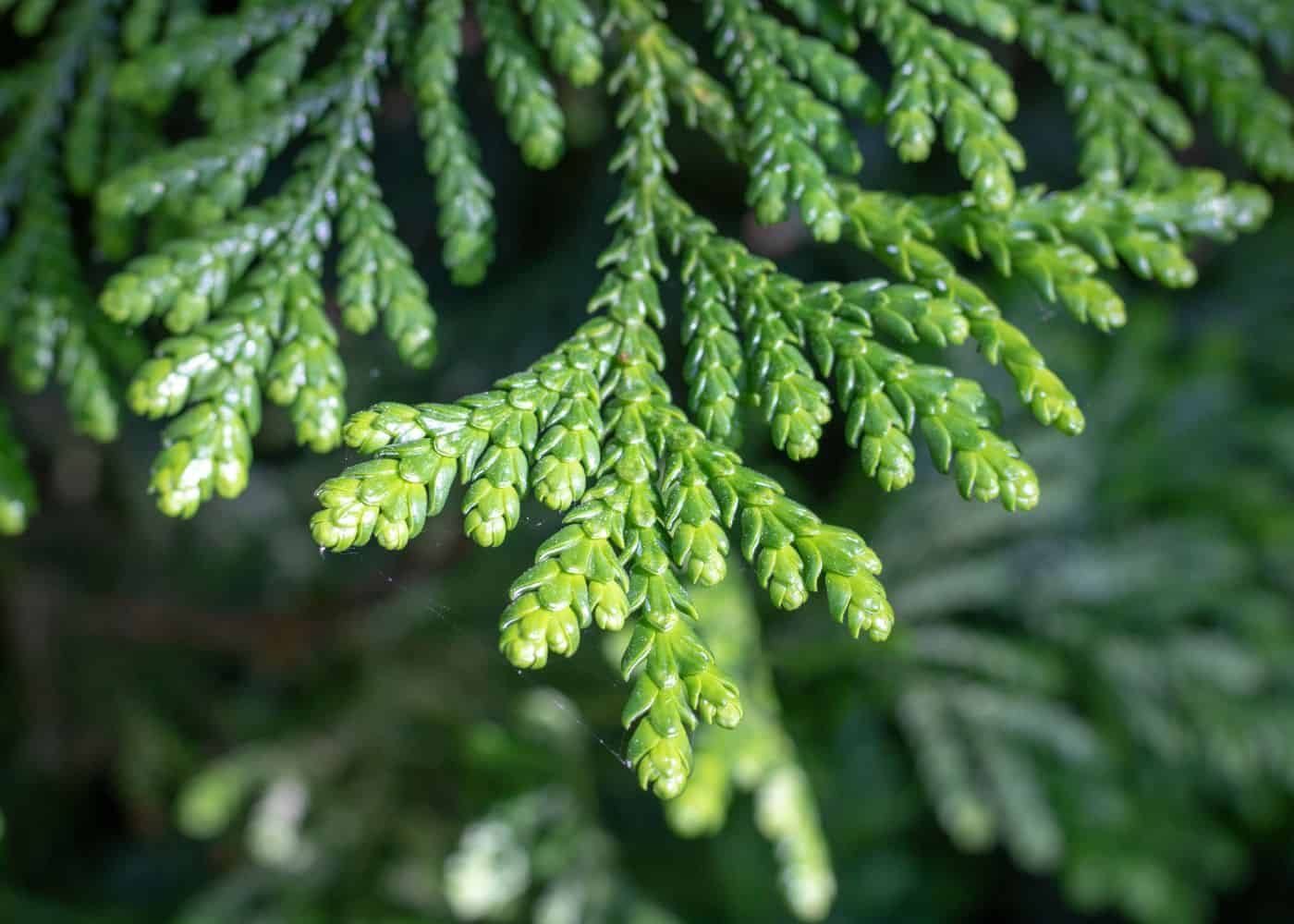
3. Western Arborvitae
Also called the western redcedar, the western arborvitae is native to the Pacific Northwest region of the United States. This is a large tree that grows between 150 and 230 feet tall. Suitable for USDA hardiness zones 2-7, the western arborvitae prefers moist, shady areas in elevations of between 3,600 feet and 7,500 feet.
This tree can easily live for more than 1,000 years. The oldest known western arborvitae is 1,460 years old.
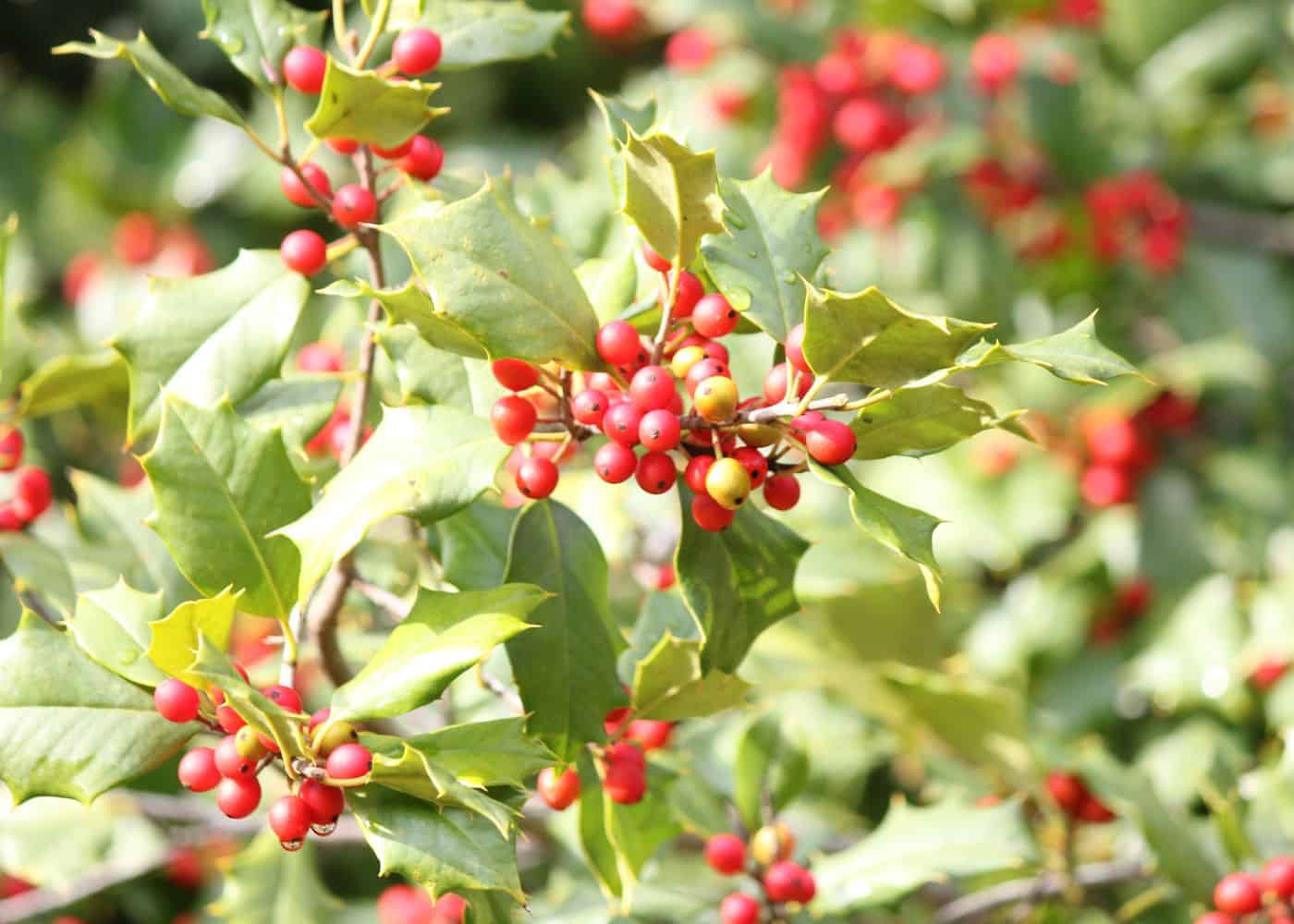
4. American Holly
This holiday favorite features pointed leaves and bright red berries. Suitable for USDA hardiness zones 5-9, the American holly tree/bush can grow up to 100 feet tall and 66 feet wide. Native to the southeast and mid-Atlantic regions of the United States, the American holly bush/tree prefers shady, moist soil.
American holly is a favorite of many songbirds, including mockingbirds, bluebirds, and thrushes. However, it’s important to note that holly berries can cause digestive issues in cats, dogs, and humans.
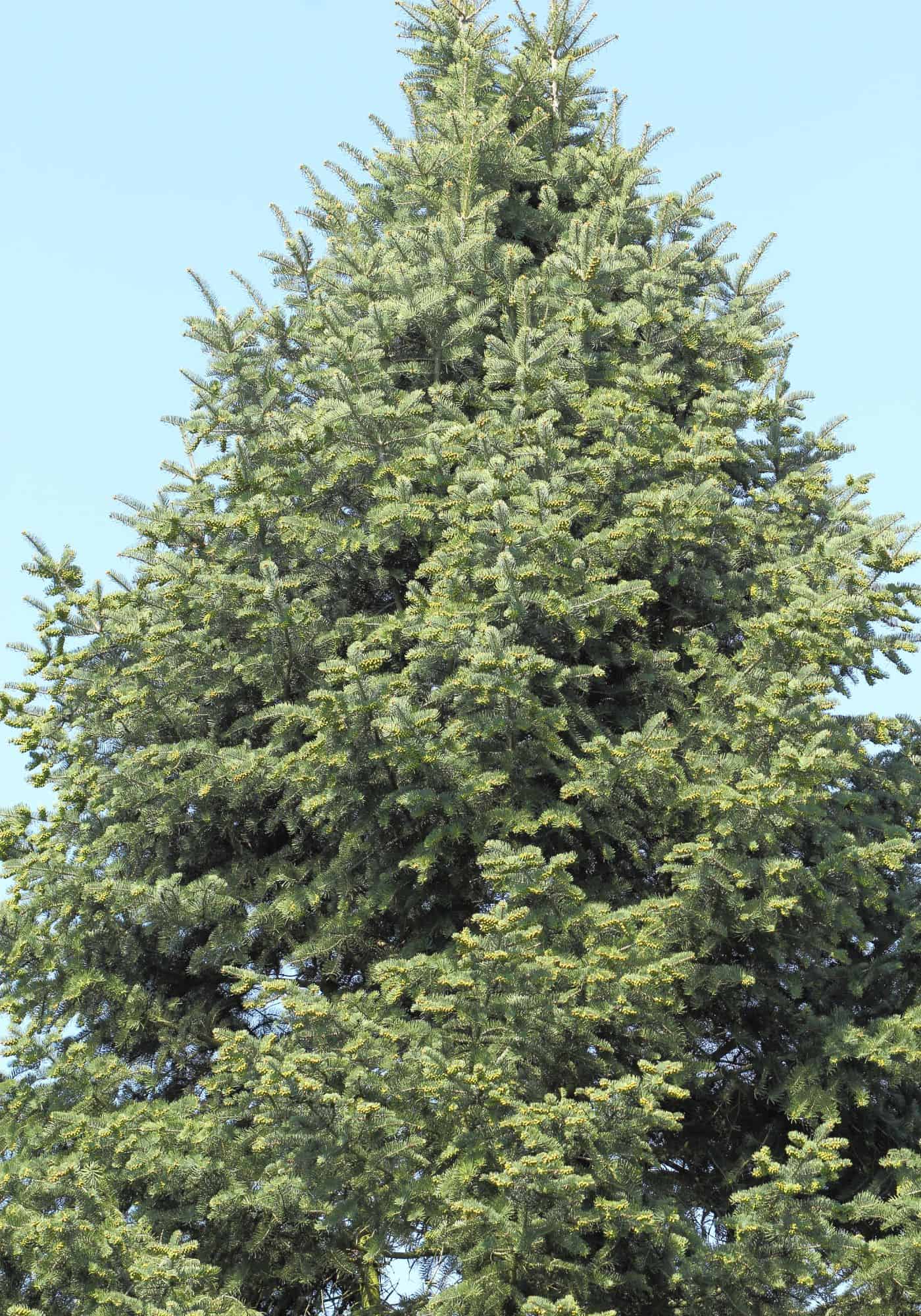
5. Concolor Fir
The concolor fir tree, a popular choice for American Christmas trees, is native to the higher regions of the western United States and parts of the Pacific Northwest. This evergreen tree thrives in USDA hardiness zones 4-7 and can grow to a height of up to 200 feet.
Also called a white fir, this tree prefers light shade and somewhat dryer soil. Concolor fir trees can live for more than 300 years old.
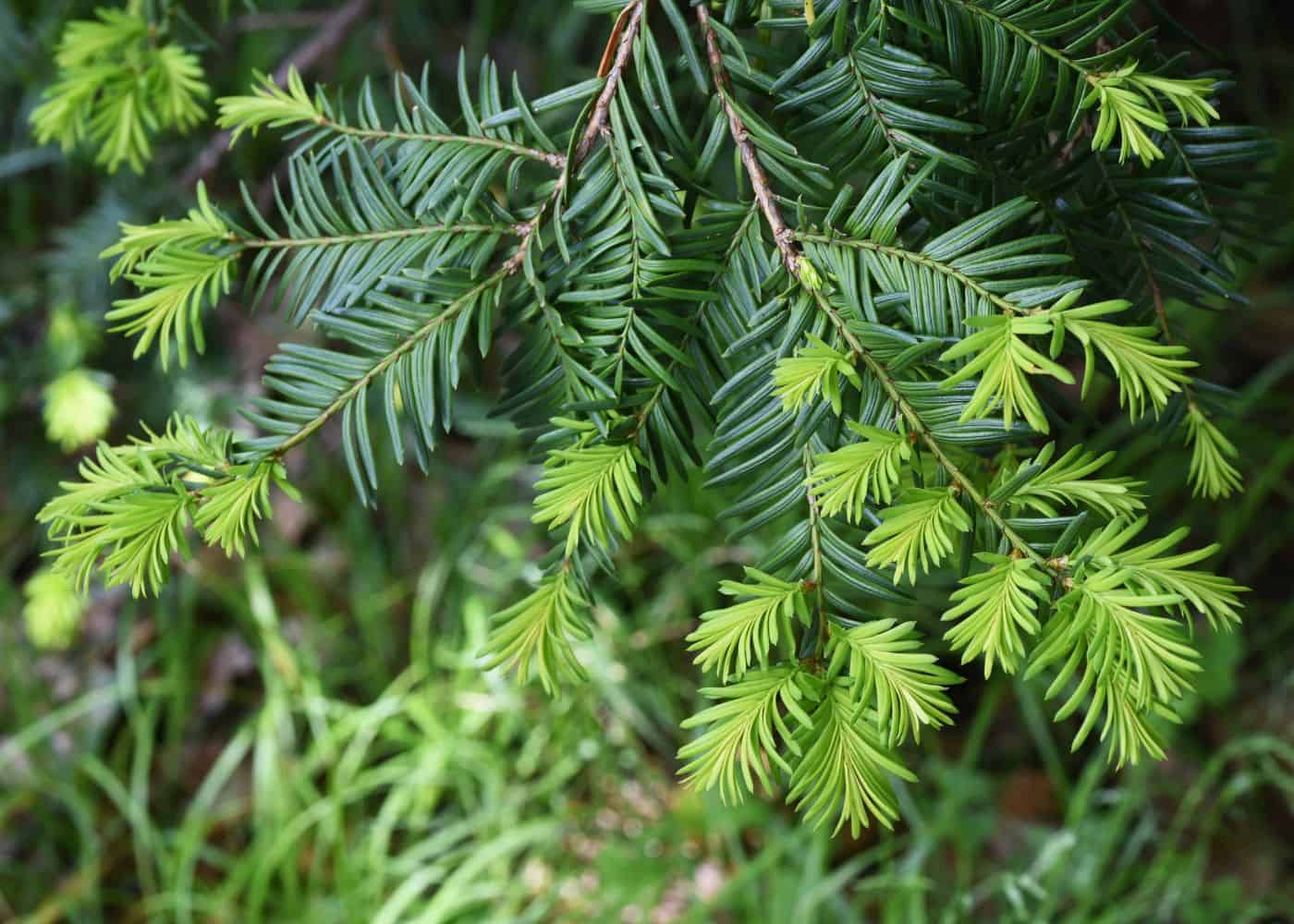
6. Japanese Yew
One of the most versatile shade-tolerant evergreen trees, the Japanese yew is native to China, Japan, North Korea, and Russia. This tree will tolerate most kinds of soil, but prefers well-drained, sandy loam soil with adequate moisture. The Japanese yew can grow up to 30 feet tall, so it’s a good choice for an understory evergreen tree.
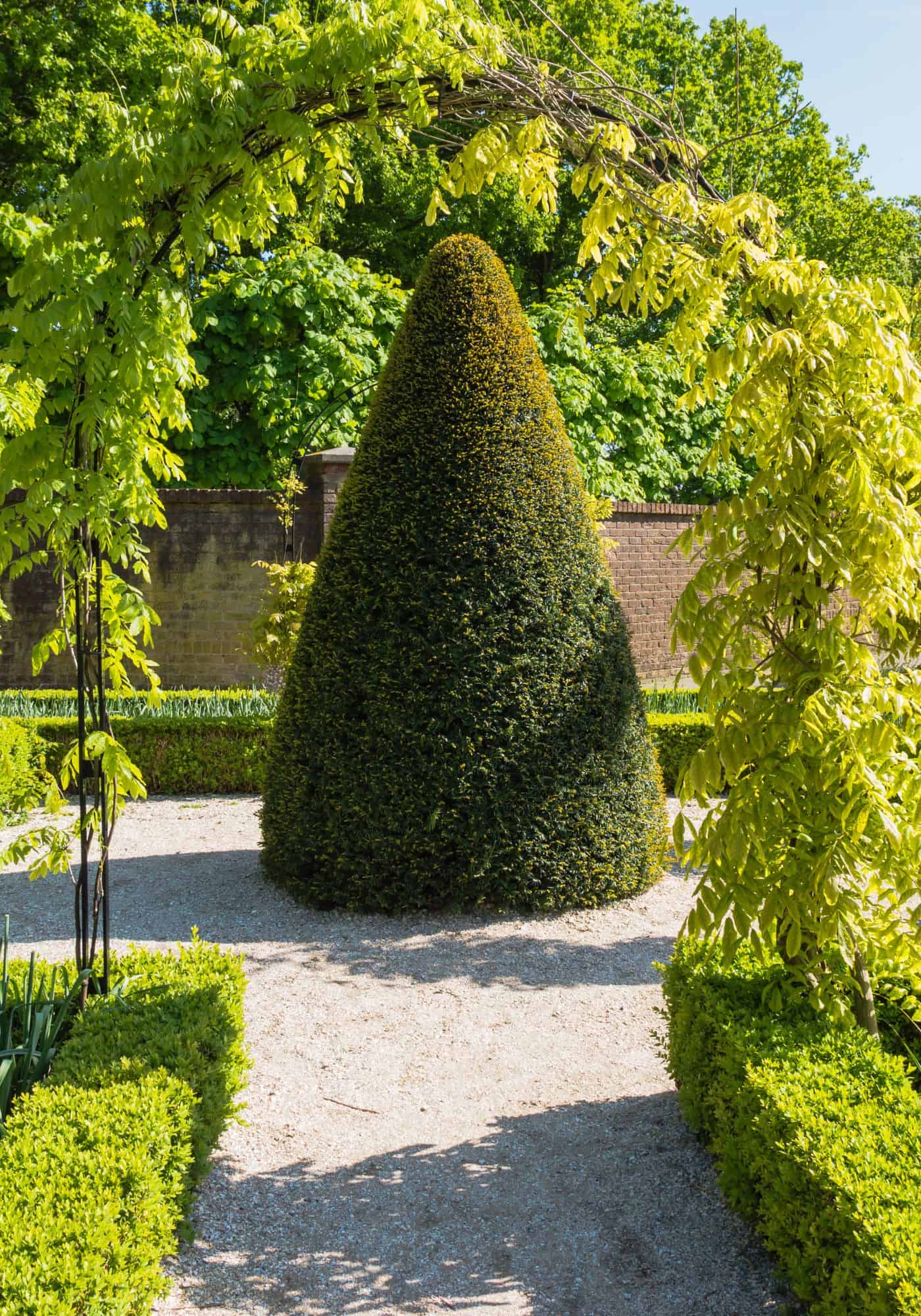
7. Boxwood
A popular plant for hedges and classic English mazes, the boxwood is tolerant of most light conditions, including light shade. Native to Western Europe, Mexico, and parts of the Caribbean, the boxwood plant was first introduced in the United States in the 17th century.
There are currently around 90 different species and more than 300 cultivars of boxwood. Hardy in USDA zones 5-7, boxwood grows to a maximum of around 25 feet tall.
Benefits of including evergreen trees in your landscaping
Evergreen trees are beautiful year-round. Unlike deciduous trees that lose their leaves each fall, evergreens provide color for 12 months of the year. However, looking sharp year-round is just one of many reasons to choose at least a few evergreens to plant on your property. Other benefits of evergreens include:
1. Year-round food and shelter for wildlife
Finding a place to sleep and something to eat can be challenging for woodland creatures and birds during the winter months. Evergreen trees of all shapes and sizes help to provide shelter for squirrels, bats, and non-migrating birds during the colder months. Many evergreens also offer edible berries, nuts, and fruit that can sustain critters when most food sources have gone away.
2. Soundproofing
Evergreens absorb up to 40 percent of traffic and other noise, helping you create a peaceful oasis on your property.
3. Protection against wind
Because they stay full and lush year round, evergreen trees offer constant protection against high winds and drifting snow. Evergreen windbreaks can also help you conserve energy by keeping cold winds from blowing across your property. In the summer, a stand of evergreens can provide shade, which helps keep your cooling bill in check.
4. Improved air quality
Leaves help rid the air we breathe of carbon dioxide, the by-product of combustion engines and burning fossil fuels, and turn it into oxygen. However, in the winter, after deciduous trees shed their leaves, there are fewer leaves to complete this process.
5. Privacy
By keeping their full shape year round, evergreen trees and shrubs are better for privacy barriers than trees that lose their leaves for a portion of the year.
6. Low maintenance
Unlike deciduous trees that drop mountains of leaves each fall for you to rake and dispose of, evergreen trees require little maintenance. Once they become established, usually after the first year or so, evergreen trees need little watering.
7. Adding value to your property
Any good landscaping plan increases the value of your property when it comes time to put your home on the market. This is especially true if your landscaping includes year-round interest, like you get with evergreen trees. According to the Arbor Day Foundation, landscaping with trees increases your property’s value by as much as 20 percent.
Adding evergreen trees to your property doesn’t have to mean investing in that towering blue spruce or douglas fir. Some many evergreen shrubs and trees thrive in shady spots or under the canopy of taller trees.
References
- Choosing evergreens for your landscape, University of Minnesota Extension
- Growth Rates of Common Tree Species in Westminster, Colorado, Colorado State Forest Service


